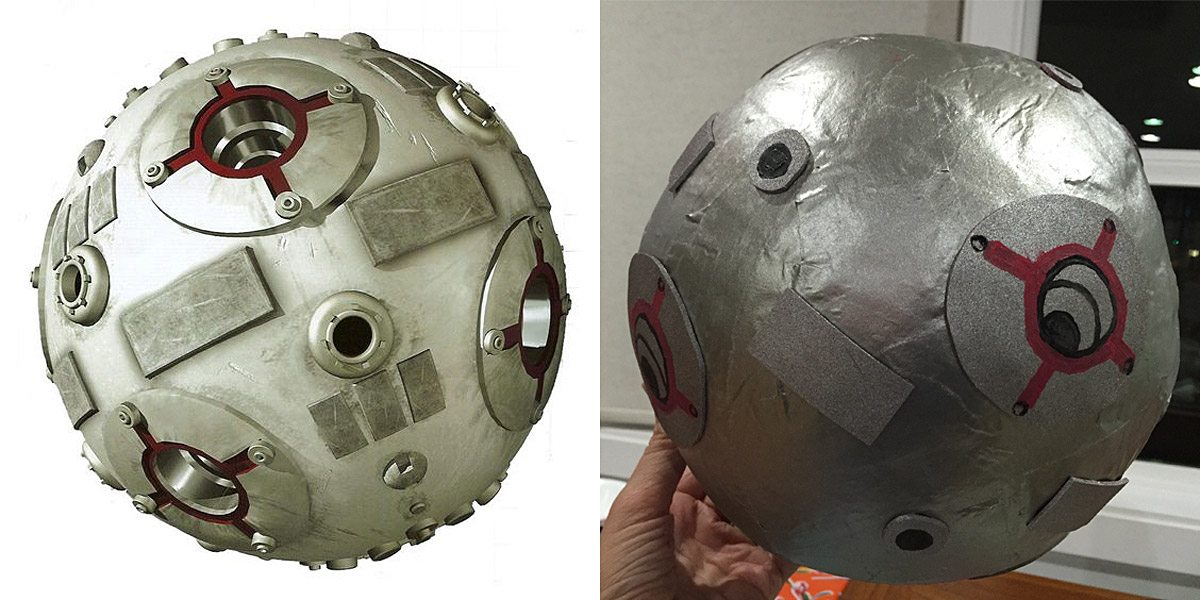No matter you level of LEGO building experience, there seems to always be something new to learn when it comes to creating interesting and new designs in the medium. From scale to engineering, the art (and science) of designing has a never-ending depth for us to explore. The Lego Builder’s Handbook is an example of how to dive into this, introducing builders to the many facets of building including various scales, techniques, artistic styles, and more. Read on to learn some specifics about this book by Deepak Shenoy from No Starch Press.
Assumptions and Audience
The author makes very few assumptions about the age and experience level of the reader. Concepts are introduced at a basic level before being expanded upon through the chapters. This means you can be anywhere on your LEGO builder’s journey and still get insights and lessons which can informs and inspire your own creativity. At the beginning of the book, you can read about the LEGO system at a basic level, escalating all the way to computer-aided design.
Early Chapters
The first chapters focus on learning about LEGO elements building, and what makes it all work. I am particularly a fan of the explanations in the first chapter—including definitions of the official terms for LEGO elements—which gives you the ability to communicate or consult forums more easily. With this foundation, builders will understand what a book, guide, or other builder means when they say something like: “Use plates and bricks with a staggered bond to create a sloped roof at the minifigure scale ratio of your choice.” Beyond bare vocabulary, though, these chapters teach essential skills for making a build sturdy to choosing the best pieces for a function.
Middle Chapters
In the second part of the book, the author introduces concepts such as offsets, sideways building, and using angles and circles in your designs. By explaining various concepts illustrated using both mathematical and practical representations, the author highlights solutions to some of the most common problems builders have when they are trying to re-create a real-world building, creature, or item. These explanations can get into the weeds of geometry, but with the assistance of the illustrations, even builders who aren’t yet familiar with the Pythagorean Theorem, how to approximate odd fractions that pop up, and shortcuts to make this process simpler.
I’ve been building for a very long time, and I’ve never found explanations for concepts such as the mirrored-hypotenuse building technique. The tables for Pythagorean triples and quadruples can save some serious time on math, as well. Perhaps my favorite feature of this section of the book, however, is Table 6-2: Common Wedge Plates, which lists various plate dimensions, the angle of their slopes, and (most importantly) the part number one can use to order that precise piece if needed.
The middle section covers many other concepts, but I did want to touch on a couple of other recurring features. The first is a consistent inclusion of tables, diagrams, and explanations for building a shape, angle, or from. Because it remains largely conceptual, it stimulates creativity without overly restricting what the builder is thinking about. The other is that there is consistently commentary explaining how one can explore or improve their builds with these tools using computer-aided design software (CAD). This means that instead of a dry section of nonsensical instructions, a builder can learn and experiment with each concept at the same time.
Late Chapters
The later chapters teach ideas such as builds which are most likely to be built using CAD software, such as mosaics and sculptures. If you’ve ever been to LEGOLAND and wondered how they built the US presidents, dinosaurs, and even fish out of LEGO, this is the section for you. This is the most technical section, but it is still quite approachable. From making a pixel-perfect mosaic from a photo to creating 3D illusion pieces, this section shows you what you need to think about before you build, helping you start out on the right foot for success.
Next Steps
The final section of this book is a chapter of the most commonly asked questions for builders who are switching from kit building to designing. It has some sage advice, but it also has a curated collection of links you can visit to learn more about designing, purchasing, or sharing your builds.
TL;DR
Ultimately, The LEGO Builder’s Handbook is a convenient-but-thorough resource for expanding your skills in the world of LEGO designing and building. If you’ve ever wanted to make most anything from LEGO, this book can give you the tools and concepts you need to be successful. Just remember, it’s not an instruction booklet, and has no actual build instructions. It’s more like a LEGO engineering textbook than a how-to.





